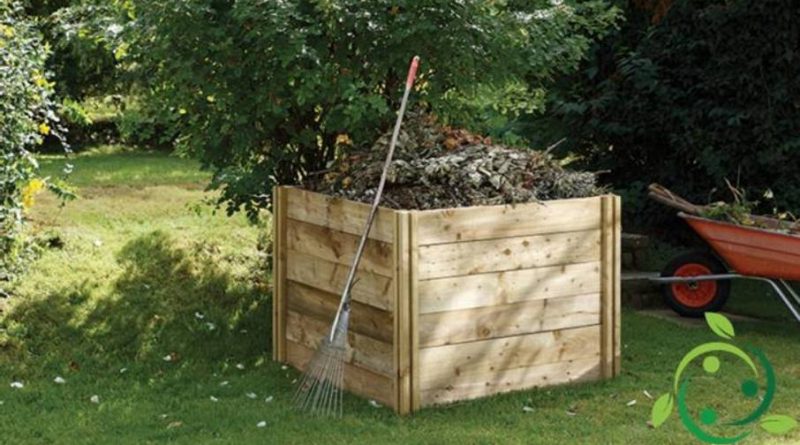How to make compost at home
How to make compost at home
Composting is an ancient technique like agriculture but in fact, with the advent of “modernity” and chemical fertilizers, it has been neglected for a while. Today with the advent of ecological culture it is recovering.
For the operation of domestic composting then we must separate the organic fraction of waste and operate a process that leads to the creation of humus. So economic and ecological operation. The process of transformation of the organic substance into humus is operated, under certain conditions, by a series of small or micro-organisms of which we remember above all: insects, bacteria and fungi.
For obvious health reasons domestic composting should be done in the presence of a small green space where to place a compost (purchased or self-built) while for large company productions we refer to the guide: How to prepare compost in the farm. The composers, on the other hand, are small containers with a capacity of several hundred liters (choose the one most suitable for your needs). The compost bin is then placed in a part of the garden that is easy to access and possibly in a very shaded position. Under the compost bin it will be necessary to create a very draining bed (also using very fragmented plant material).
The material to be composted is the most varied: ranging from household food waste to pruning waste and plant parts in general. As for the wood parts it is good that these have been previously shredded with a shredder. Mixing with various types of organic fraction ensures the best porosity and oxygenation to the compost mass; this mass will then be periodically turned over (from the top of the composter) but not compressed. The good mixture of garden waste with food waste ensures a better C / N ratio and to do this it is advisable to always keep a good balance between the two contributions. If you want, you can integrate some of the earth taken from the vegetable garden into the compost.
To adjust the humidity, just wear suitable gloves, take a mass punch of the compost, tighten it and see if it drips or not. If you drop a few drops of water we are in the presence of a good water / dry substance ratio otherwise if it is too dry water must be sprayed until it has this moisture. During the composting process, due to the biochemical processes that establish the temperature reaches values of 60-70 ° C.
If the process of humification instead proceeds badly, this is verifiable or because the mass remains too cold (lack of oxygen or excess of water), or because you smell rotten (in this case it is necessary to air again, add other vegetable masses and make decrease the humidity). Other symptoms may be: smell of urine; presence of too much nitrogen (in this case add carbonaceous waste and remix). If there are midges it is because on the head of the mass there are too many wet waste (in this case cover the upper layer with leaves, grass or dry straw). The compost is normally ready after 4-6 months and becomes ripe after 8-10 months.

